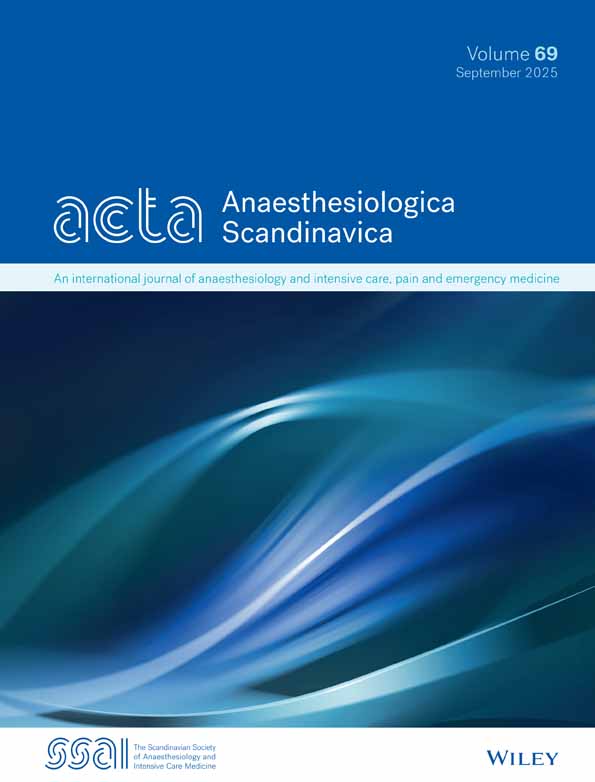Age-related effects in the EEG during propofol anaesthesia
Abstract
Background: Age-related differences in the spectral composition of the EEG in induction and emergence times, and in drug consumption during propofol anaesthesia were investigated.
Methods: The EEGs of 60 female patients between 22 and 85 years of age were monitored continuously during standardized induction of anaesthesia with 2 mg of propofol kg−160 s−1. The EEGs were visually assessed in 20-s epochs according to a scale from A (awake) to F (very deep hypnosis). Visual EEG classifications, spectral parameters, and induction times were compared between different age groups. Additionally, data of 546 patients included in a multicentre study with 4630 patients (EEG monitor Narcotrend®, MT MonitorTechnik, Bad Bramstedt, Germany) were analyzed with regard to age-dependent changes of propofol consumption using target-controlled infusion (TCI).
Results: During induction, patients older than 70 years reached significantly deeper EEG stages than younger patients, needed a longer time to reach the deepest EEG stage, and needed more time until a light EEG stage was regained. In patients aged 70 years and older, the total power, mainly in deep EEG stages, was significantly smaller due to a distinctly smaller absolute power of the delta frequency band. No single spectral parameter was able to reliably distinguish all EEG stages.
During the steady state of anaesthesia, older patients needed less propofol for the maintenance of a defined stage of hypnosis than younger patients.
Conclusion: Older patients differ from younger ones regarding the hypnotic effect of propofol and the spectral patterns in the EEG. For an efficient automatic assessment of the EEG during anaesthesia a multivariable approach accounting for age-effects is indispensable.




